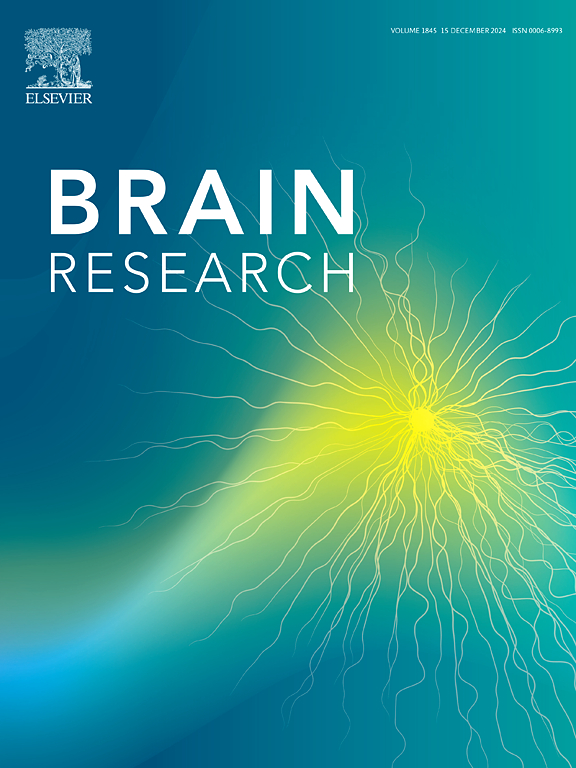PursuitNet: A deep learning model for predicting competitive pursuit-like behavior in mice
IF 2.7
4区 医学
Q3 NEUROSCIENCES
引用次数: 0
Abstract
Predator-prey interactions exemplify adaptive intelligence refined by evolution, yet replicating these behaviors in artificial systems remains challenging. Here, we introduce PursuitNet, a deep learning framework specifically designed to model the competitive, real-time dynamics of pursuit-escape scenarios. Our approach is anchored by the Pursuit-Escape Confrontation (PEC) dataset, which records laboratory mice chasing a magnetically controlled robotic bait programmed to evade capture. Unlike conventional trajectory datasets, PEC emphasizes abrupt speed changes, evasive maneuvers, and continuous mutual adaptation. PursuitNet integrates a lightweight architecture that explicitly models dynamic interactions and spatial relationships using Graph Convolutional Networks, and fuses velocity and acceleration data to predict change using Temporal Convolutional Networks. In empirical evaluations, it outperforms standard models such as Social GAN and TUTR, exhibiting substantially lower displacement errors on the PEC dataset. Ablation experiments confirm that integrating spatial and temporal features is crucial for predicting the erratic turns and speed modulations inherent to pursuit-escape behavior. Beyond accurate trajectory prediction, PursuitNet simulates pursuit events that closely mirror real mouse-and-bait interactions, shedding light on how innate drives, rather than external instructions, guide adaptive decision-making. Although the framework is specialized for rapidly shifting trajectories, our findings suggest that this biologically inspired perspective can deepen understanding of predator–prey dynamics and inform the design of interactive robotics and autonomous systems.

用于预测小鼠竞争性追求行为的深度学习模型
捕食者与猎物之间的相互作用是进化过程中完善的适应性智能的例证,但在人工系统中复制这些行为仍然具有挑战性。在这里,我们介绍了一个深度学习框架,专门用于模拟追捕-逃跑场景的竞争,实时动态。我们的方法以“追逐-逃避对抗”(PEC)数据集为基础,该数据集记录了实验室小鼠追逐磁性控制的机器人诱饵,该诱饵被编程为逃避捕获。与传统的轨迹数据集不同,PEC强调突然的速度变化、规避机动和持续的相互适应。puritnet集成了一个轻量级架构,使用图形卷积网络显式地建模动态交互和空间关系,并使用时间卷积网络融合速度和加速度数据来预测变化。在经验评估中,它优于社会GAN和TUTR等标准模型,在PEC数据集上显示出更低的位移误差。烧蚀实验证实,整合空间和时间特征对于预测追逐-逃跑行为固有的不稳定转弯和速度调制至关重要。除了精确的轨迹预测之外,追击网还模拟了与真实的老鼠和诱饵互动密切相关的追击事件,揭示了先天驱动(而非外部指令)如何指导适应性决策。尽管该框架专门用于快速移动的轨迹,但我们的研究结果表明,这种受生物学启发的观点可以加深对捕食者-猎物动力学的理解,并为交互式机器人和自主系统的设计提供信息。
本文章由计算机程序翻译,如有差异,请以英文原文为准。
求助全文
约1分钟内获得全文
求助全文
来源期刊

Brain Research
医学-神经科学
CiteScore
5.90
自引率
3.40%
发文量
268
审稿时长
47 days
期刊介绍:
An international multidisciplinary journal devoted to fundamental research in the brain sciences.
Brain Research publishes papers reporting interdisciplinary investigations of nervous system structure and function that are of general interest to the international community of neuroscientists. As is evident from the journals name, its scope is broad, ranging from cellular and molecular studies through systems neuroscience, cognition and disease. Invited reviews are also published; suggestions for and inquiries about potential reviews are welcomed.
With the appearance of the final issue of the 2011 subscription, Vol. 67/1-2 (24 June 2011), Brain Research Reviews has ceased publication as a distinct journal separate from Brain Research. Review articles accepted for Brain Research are now published in that journal.
 求助内容:
求助内容: 应助结果提醒方式:
应助结果提醒方式:


